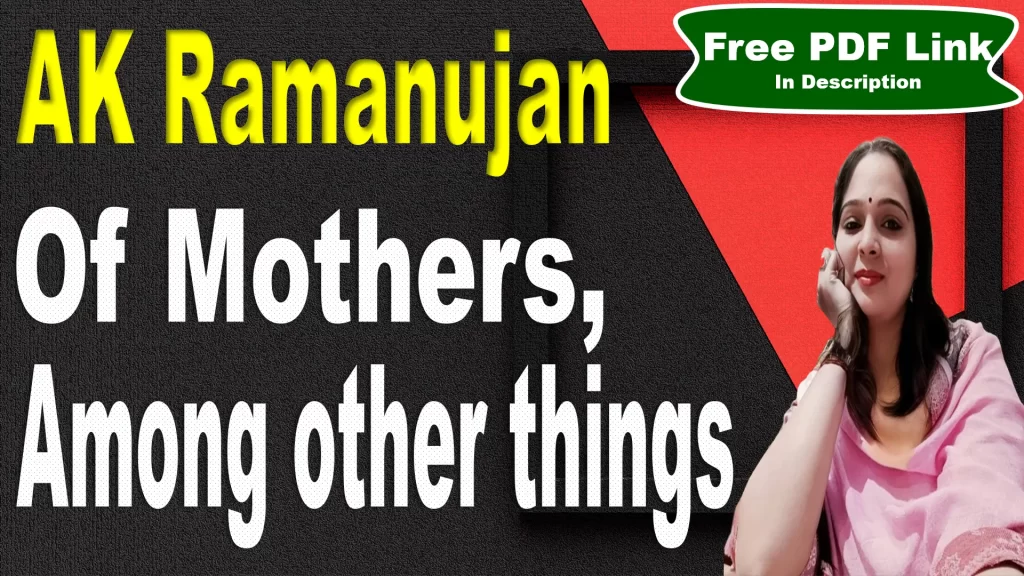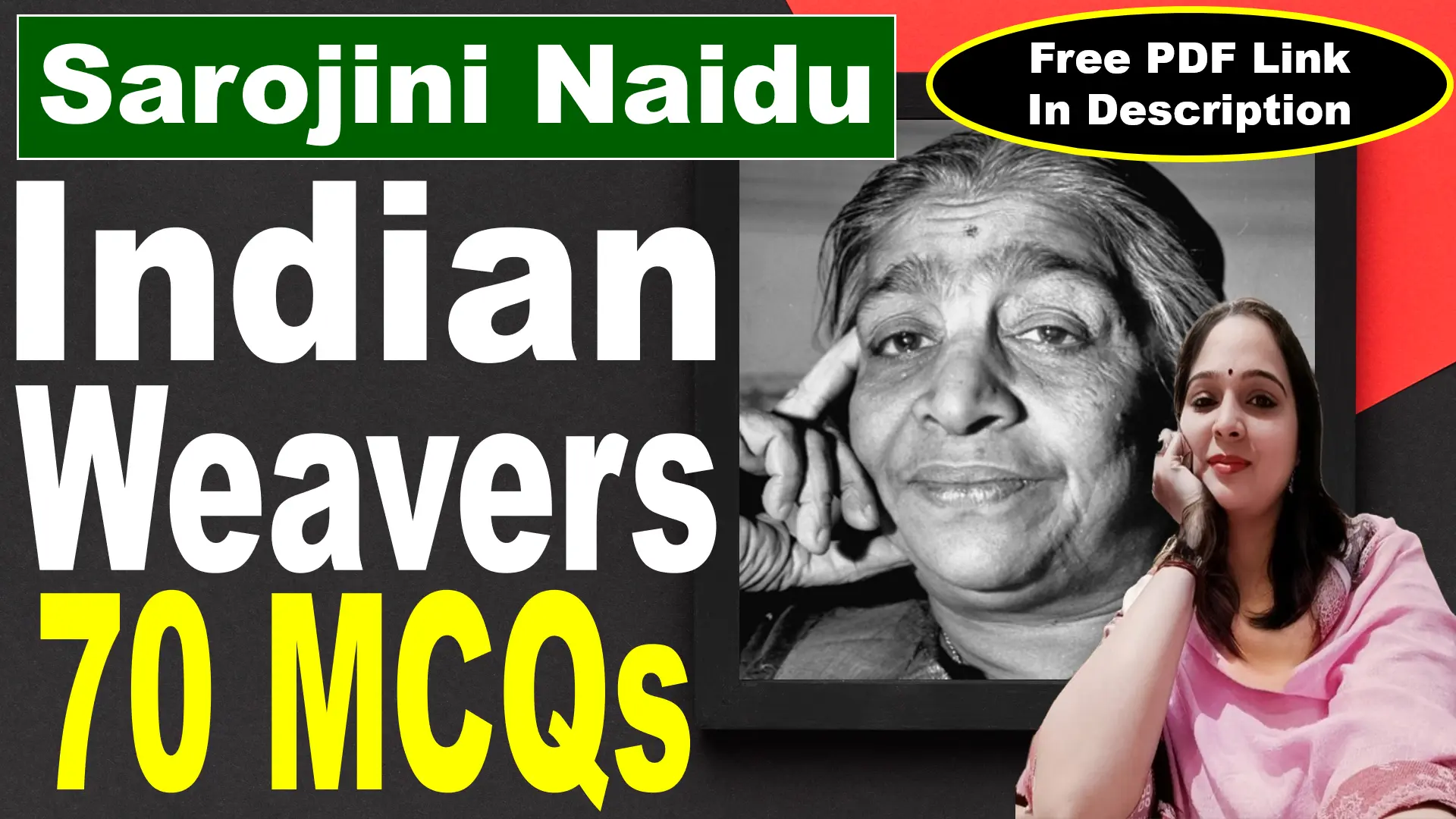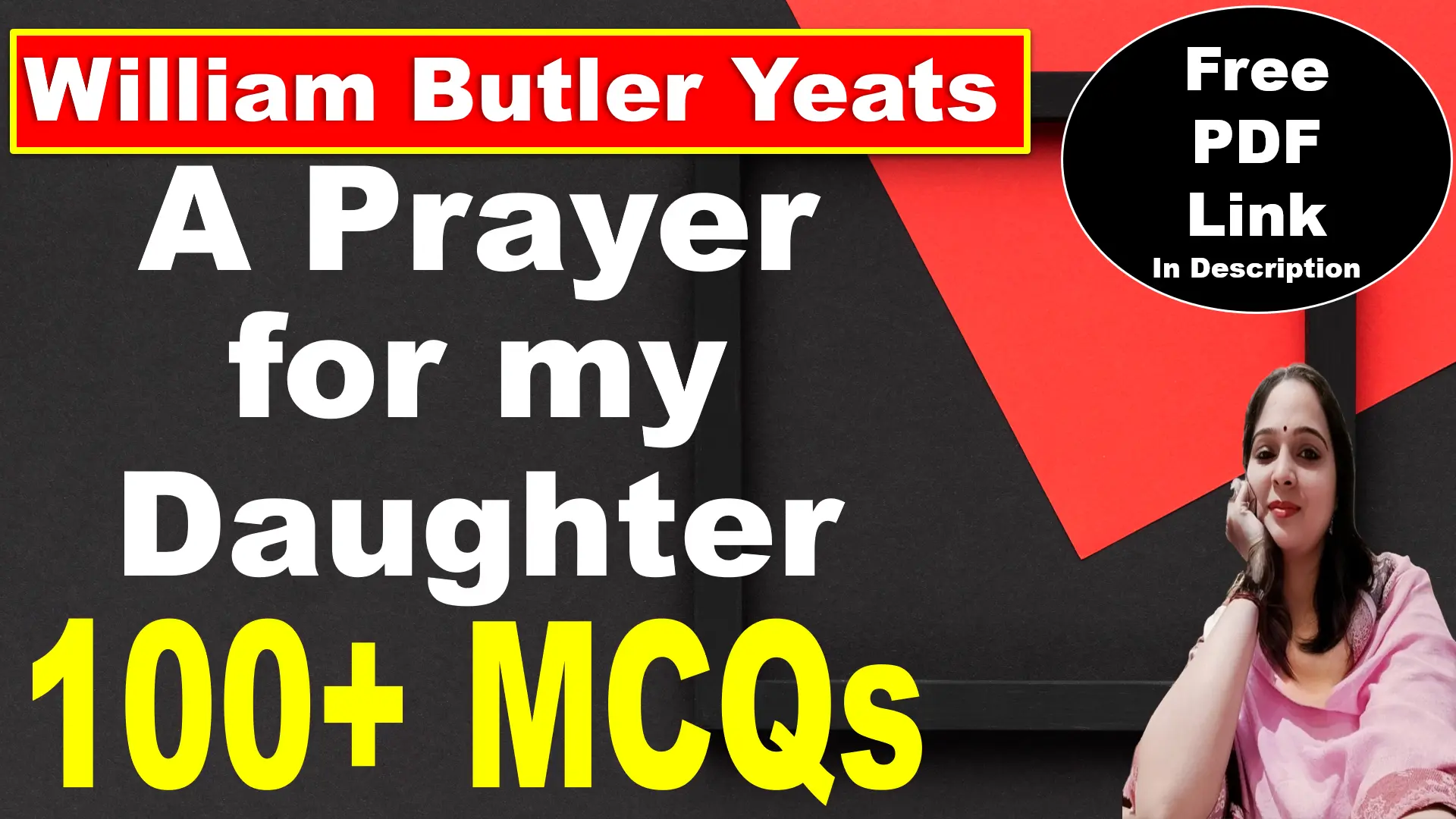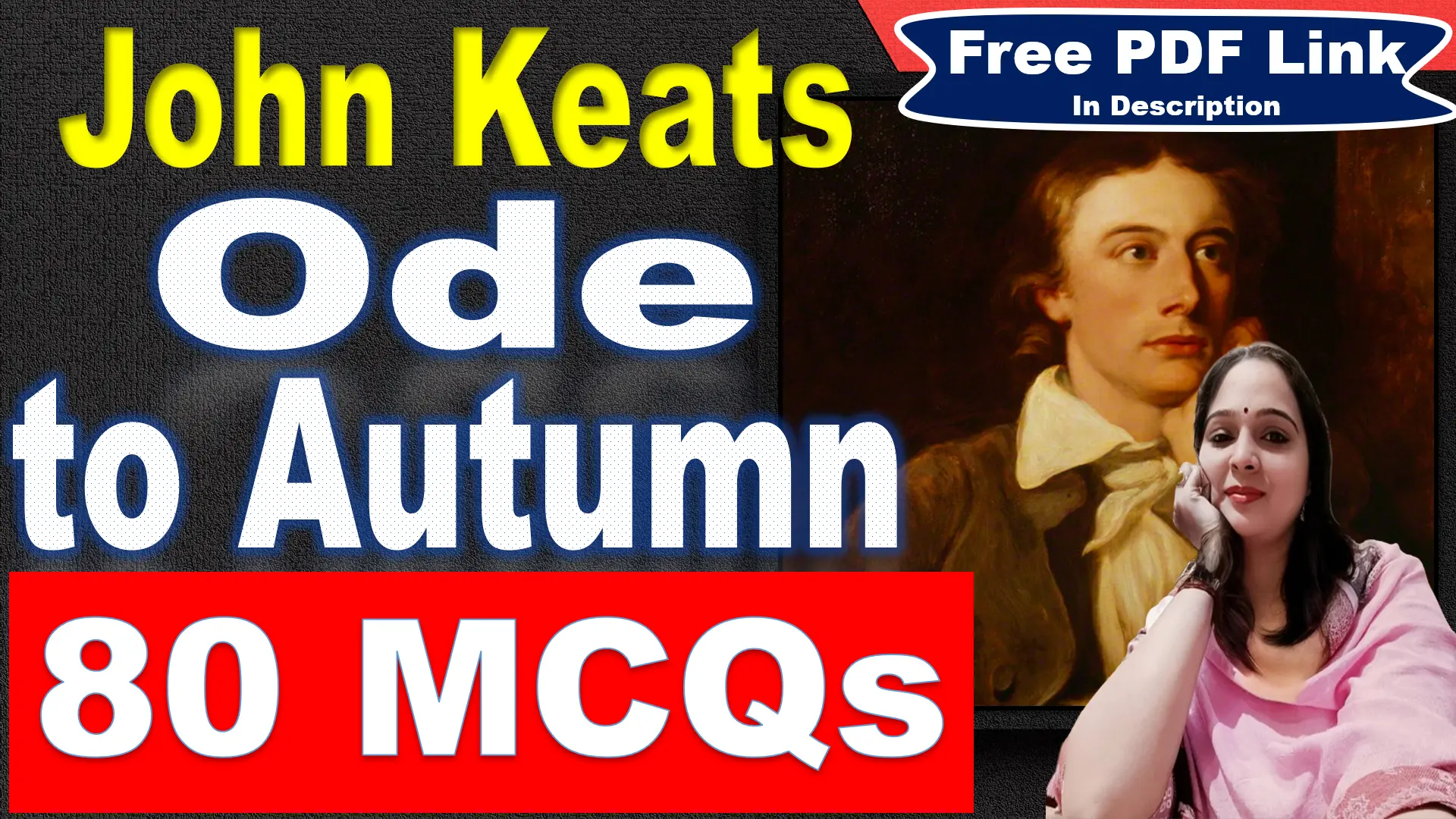
Of Mothers, among other things Questions and Answers
Very Short Answer Questions
Who is the poet of “Of Mothers, among Other Things”?
A.K. Ramanujan.
What collection includes this poem?
The Striders (1966).
What is the main theme of the poem?
The passage of time and the mother’s transformation from vitality to frailty.
What does the “twisted blackbone tree” symbolize?
The mother’s aging and frail body.
What do the “silk and white petal” represent?
The mother’s youthful beauty.
What do the “three diamonds” in her earrings signify?
Her elegance and youthful charm.
Why does the poet describe her hands as “wet eagle’s feet”?
To symbolize her strength and resilience, though worn and frail.
What does the “garden-trap set for a mouse” refer to?
The hardships and struggles that have crippled her physically.
How does the poet describe her sarees in old age?
As “loose feathers of a onetime wing,” symbolizing loss of vitality.
What act of the mother does the poet find deeply moving?
Picking a grain of rice from the floor with careful effort.
What emotion does the poet associate with his “cold parchment tongue”?
His inability to express his deep emotions for his mother.
What does the “rain” symbolize in the poem?
The passage of time and life’s struggles.
What do the “crying cradles” signify?
The poet’s memory of his mother’s role as a caring mother.
What type of poetry is this?
Free verse.
What is the tone of the poem?
Nostalgic and melancholic.
What is the significance of “tree-tasselled light”?
It symbolizes the fragmented and fleeting nature of memories.
What literary device is used in “loose feather of a onetime wing”?
Metaphor.
What is the poem’s central message?
To honor and cherish loved ones as time changes them.
What does the mother’s action of picking rice reflect about her?
Her dignity and perseverance despite aging.
What emotion does the poet primarily feel in the poem?
A mix of admiration, love, and sorrow.
Short Answer Questions
How does the poet contrast the mother’s youth with her old age?
The poet contrasts his mother’s youth with her old age using vivid imagery. In her youth, she is symbolized by the “silk and white petal,” representing beauty and vitality, and her earrings sparkle like diamonds. In old age, her frailty is likened to a “twisted blackbone tree,” with her hands compared to the worn talons of an eagle, symbolizing the physical toll of time.
What does the “twisted blackbone tree” symbolize in the poem?
The “twisted blackbone tree” symbolizes the mother’s aged and frail body. The imagery highlights her physical decline, portraying how time and hardships have affected her. The “twisted” nature of the tree reflects the struggles and resilience she has endured throughout her life.
How is the mother’s role as a caregiver depicted in the poem?
The poet remembers his mother running through the rain to attend to her crying children, symbolizing her selfless love and dedication. This image shows her as an active and nurturing caregiver, prioritizing her family’s needs over her own comfort and challenges.
What is the significance of the phrase “wet eagle’s feet”?
The phrase “wet eagle’s feet” describes the mother’s aged hands, emphasizing their strength and resilience despite their frailty. The comparison to an eagle’s talons, one of which is crippled, symbolizes both her enduring spirit and the toll life has taken on her physically.
What does the mother’s act of picking a grain of rice symbolize?
The act of picking a grain of rice symbolizes the mother’s perseverance, dignity, and meticulous nature despite her aging body. It reflects her enduring strength and determination to maintain her responsibilities, even in small, seemingly insignificant tasks.
What is the tone of the poem, and how does it reflect the poet’s emotions?
The tone of the poem is nostalgic and melancholic. The poet fondly recalls his mother’s youth but feels sorrow and helplessness as he observes her current frailty. The tone reflects his admiration for her resilience and his grief over the inevitable passage of time.
What role does nature play in the poem’s imagery?
Nature is central to the poem’s imagery, with elements like trees, rain, light, and birds symbolizing the mother’s life stages. The tree reflects her physical decline, the rain symbolizes life’s struggles, and the feather imagery captures her lost vitality. Nature helps the poet express complex emotions vividly.
How does the poem explore the theme of aging?
The poem explores aging by contrasting the mother’s youthful beauty with her present frailty. The poet uses metaphors like the “twisted blackbone tree” and “loose feather of a onetime wing” to show the physical and emotional impact of time, emphasizing the inevitability of aging.
Why does the poet describe his tongue as a “cold parchment tongue”?
The poet uses “cold parchment tongue” to express his emotional numbness and inability to articulate his feelings about his mother’s transformation. It symbolizes his struggle to reconcile his memories of her vibrant youth with the reality of her frailty.
What is the central message of the poem?
The poem’s central message is to honor and cherish loved ones as they age and change over time. It highlights the inevitability of aging, the beauty of resilience, and the enduring impact of a mother’s love and sacrifices on her family.





